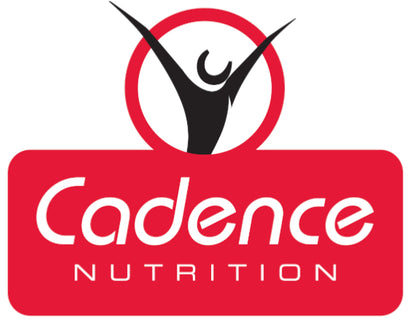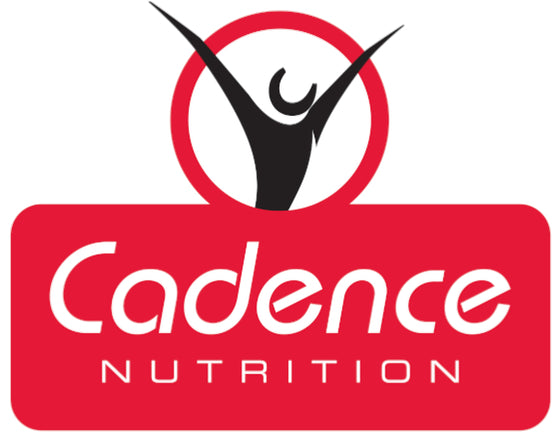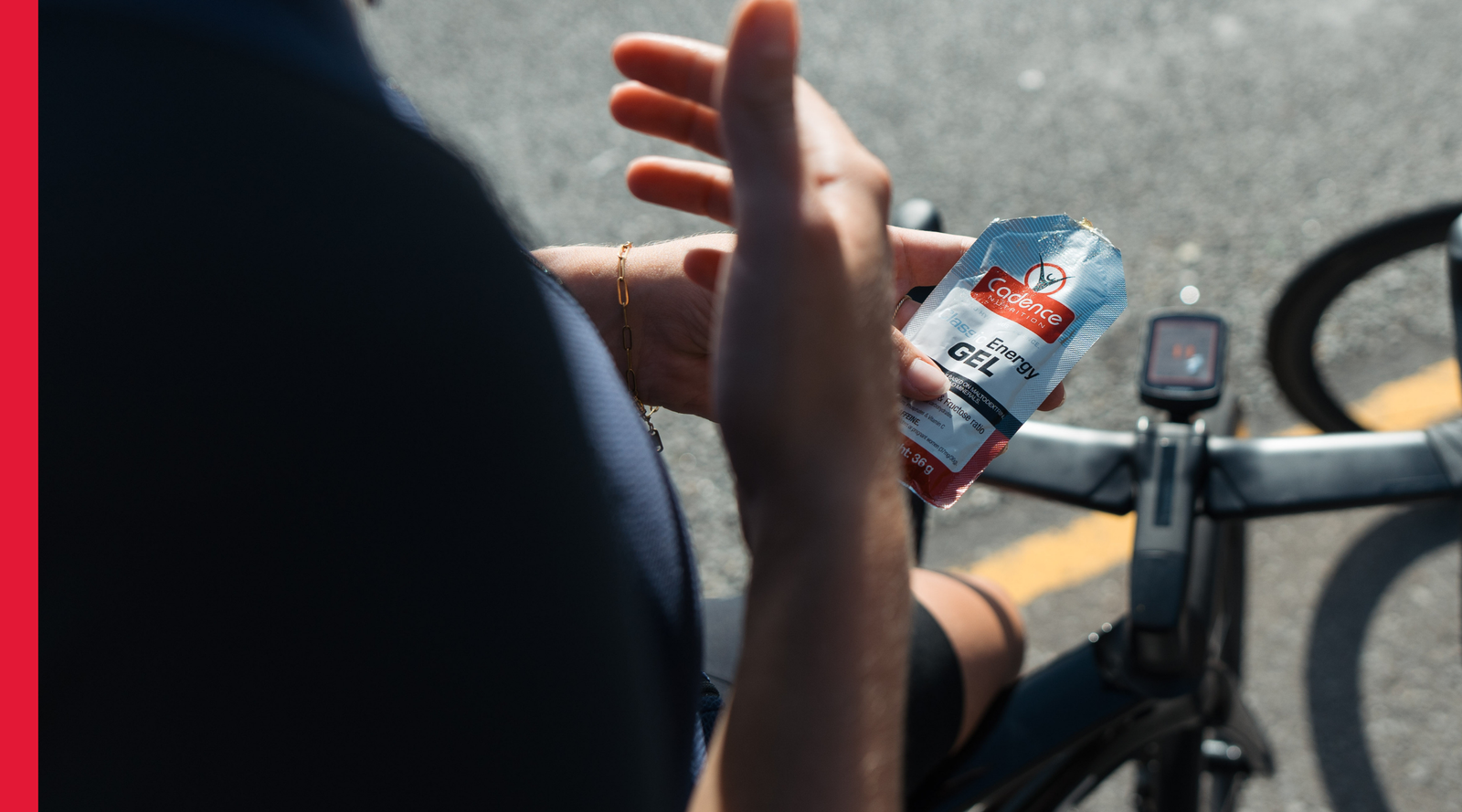Fuel your 2025 Double Century with Cadence Nutrition
How to fuel for 202kms…easy right?
Riding 202 kilometres (or a double century) in a day is a huge challenge - especially if you're newer to long-distance cycling. It can be about raw strength, tactics and the perfect bike set-up…but importantly…your race day could be made or broken by how well you manage your nutrition.
With the wrong strategy, you could be facing hours in the saddle with an upset stomach, or worse…your day could end early and all those hours of training could go out the window.
If you nail your nutrition though, those 202kms can breeze by and a PR could be on the cards.
Here are a few key tips to help you fuel confidently for your 2025 Double Century.
1. Aim for ~60g Carbs/hr during your race.
If you are facing down a hard day in the saddle, you should be considering how many carbs/hr you take in. This is so that your system is fuelled and firing from your first to last hour on the bike.
For most riders doing long events, a goal of a minimum of 60g of carbs/hr works very well.
-
Why this number matters: The gut has two major transporters - one for glucose/maltodextrin and another for fructose. Using both (in a 2:1 maltodextrin:fructose ratio) lets you absorb more carbs without overwhelming your system. This is the science behind products like Cadence CarboFuel.
-
What this gives you:
- more sustained energy,
- fewer energy “crashes”,
-
and reduced risk of gastrointestinal issues.
-
How to hit it: use a drink mix with that ratio, gels or bars with simple sugar blends, spaced throughout the ride.



NB: Don’t wait till you feel low to fuel…at this point, damage has already been done.
2. Don’t wait until race weekend to plan your fuelling strategy
Fuelling well in the moment depends on what you do in the build-up and on race morning.
-
Test your nutrition plan in training.
Just as you train your legs and lungs, you need to train your gut.
Your body needs time to adapt to the fuelling strategies you’ll rely on during 202km of riding.
In the weeks leading up to the event, practise taking in around 60g of carbohydrates per hour - the average amount most riders can absorb. This gives your stomach the chance to adapt to different sugar types and combinations, like glucose and fructose, which are key for sustained energy over long hours in the saddle.
-
A quality training strategy is not just about what you consume, how much and when you consume are also important things to consider.
Practise when you eat, sip or take a gel. Doing this under fatigue and during training helps you understand what your body tolerates best, so there are no surprises on race day.
-
Know the route.
The DC is a race that requires a strategic approach. The route, consisting of 202kms with 2 neutral feed zones, also features some tricky climbs and extremely fast and flat sections.
Knowing where these fast and flat sections are, where your feed zones are what time you are likely to get to them can make or break your fuelling plan too.

-
Nail your fuelling before-hand.
-
Carbo-load in the days leading up to your race - make sure your fuel stores (muscle glycogen) are full during the days leading up to the race. No extremes are needed, high muscle glycogen levels can be achieved by just eating slightly more carbs daily.
-
Pre-race breakfast - aim for ~100g of carbs + some protein, 2-4 hours before start.
3. Recovery…before race day.
Building up to a Double Century isn’t just about piling on the hours, it’s about how well your body bounces back between sessions. Using recovery products strategically during training allows you to ride harder, longer and more consistently without burning out before race day.
Immediately after key training rides: reach for a recovery drink like Cadence Revive that combines carbs and protein. Aim for roughly 1 gram of carbs per kilogram of bodyweight and around 20g of protein. This helps kickstart muscle repair and refuel energy stores so your legs are ready for the next session.
See you on race day !
If you’re preparing for your Double Century this November use these principles as guideposts - 60g carbs/hr, test everything in training and don’t neglect recovery.
When your fuelling plan is dialled in, those 202 km won’t just be manageable - they’ll fly by. See you on race day!
Also in Cadence Nutrition Blog
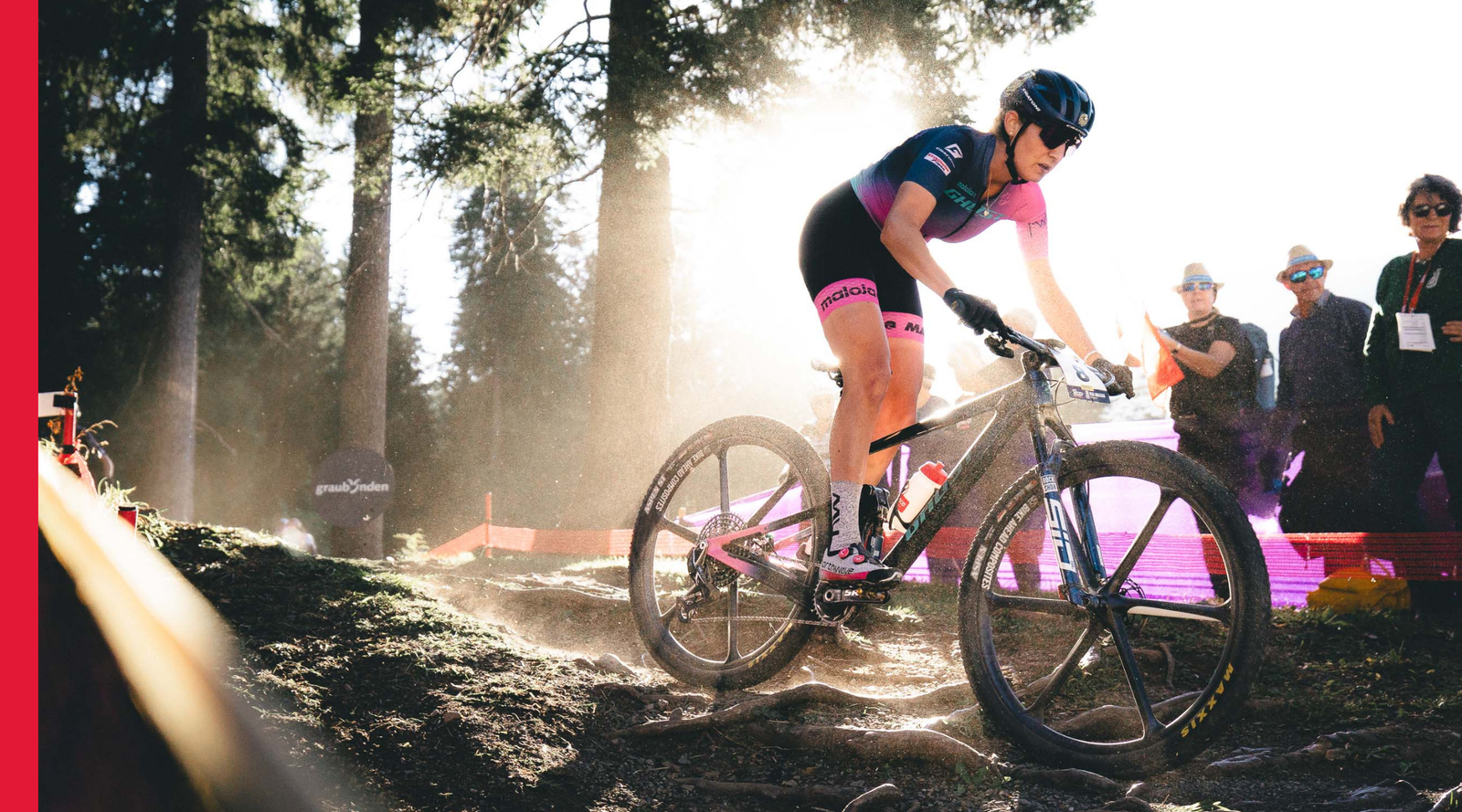
Dust. Drama. Determination. Ghost Factory Racing in Lenzerheide
The Ghost Factory Racing Team brought grit and determination to Lenzerheide. A weekend of chaos, adrenaline and moments of brilliance as the World Cup season builds towards its North American finale.
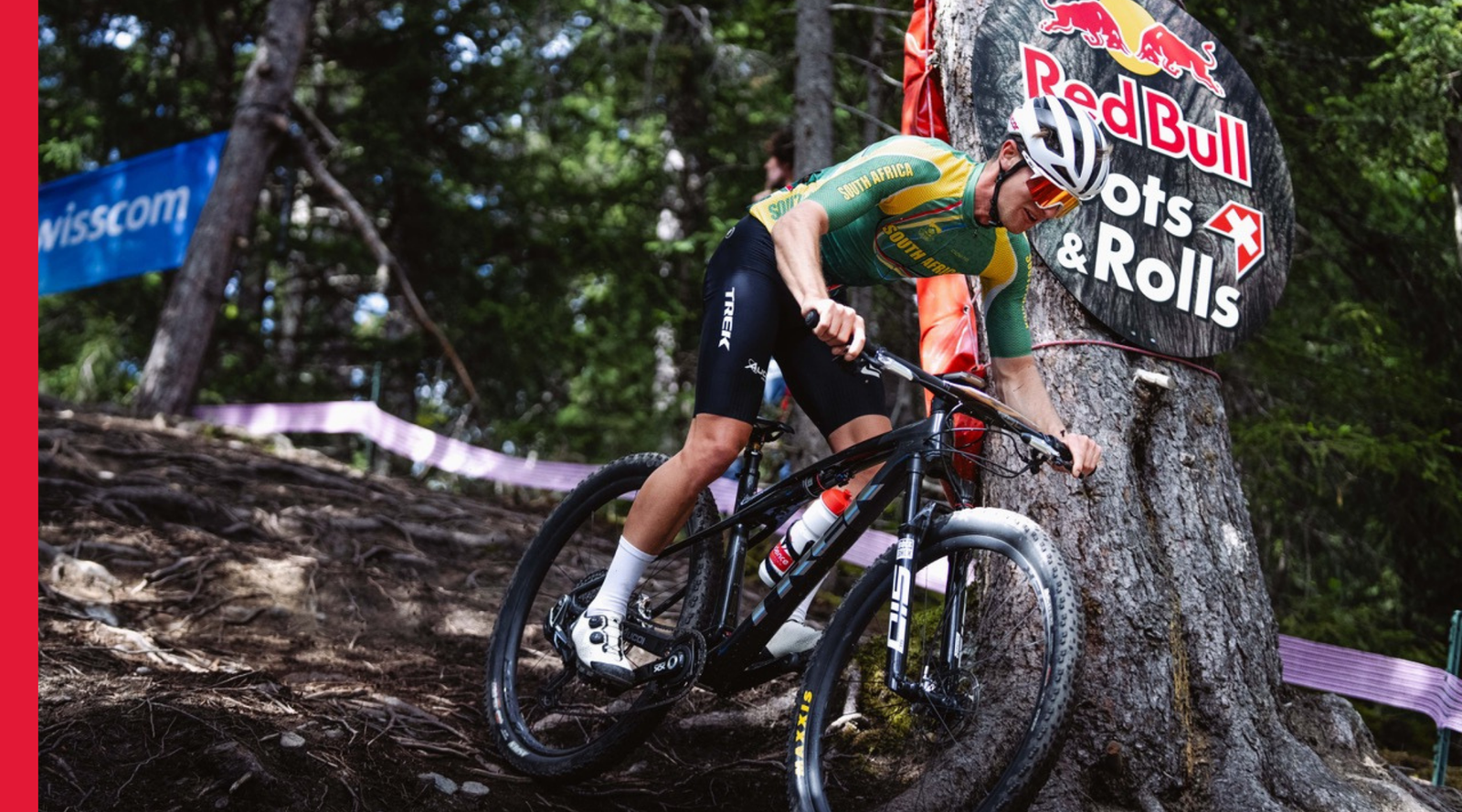
Massi Ambrosi breaks into the top 15 at his first U23 World Champs
Massi Ambrosi impresses at the 2025 UCI Mountain Bike XCO World Championships, finishing 15th in his first U23 race. Here’s how he tackled the course, fuelled his ride with Cadence Nutrition and reflected on representing South Africa on the world stage

Why the 2:1 Carb ratio matters in endurance nutrition
Understanding how to fuel effectively during endurance training or racing can make a measurable difference in performance. This article breaks down the science behind the optimal 2:1 maltodextrin-to-fructose ratio, explaining how it improves carbohydrate absorption, supports sustained energy, and reduces gastrointestinal discomfort.
